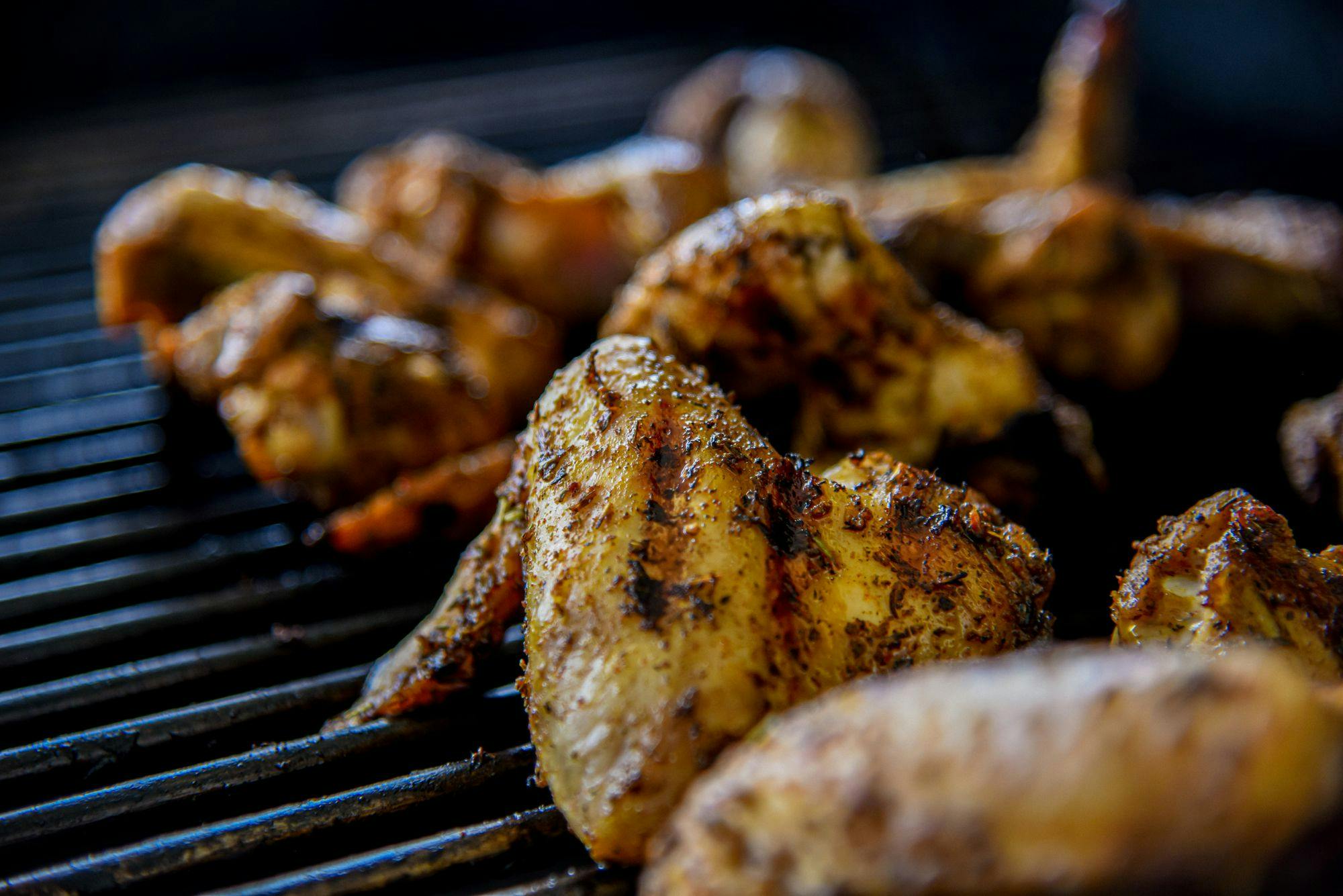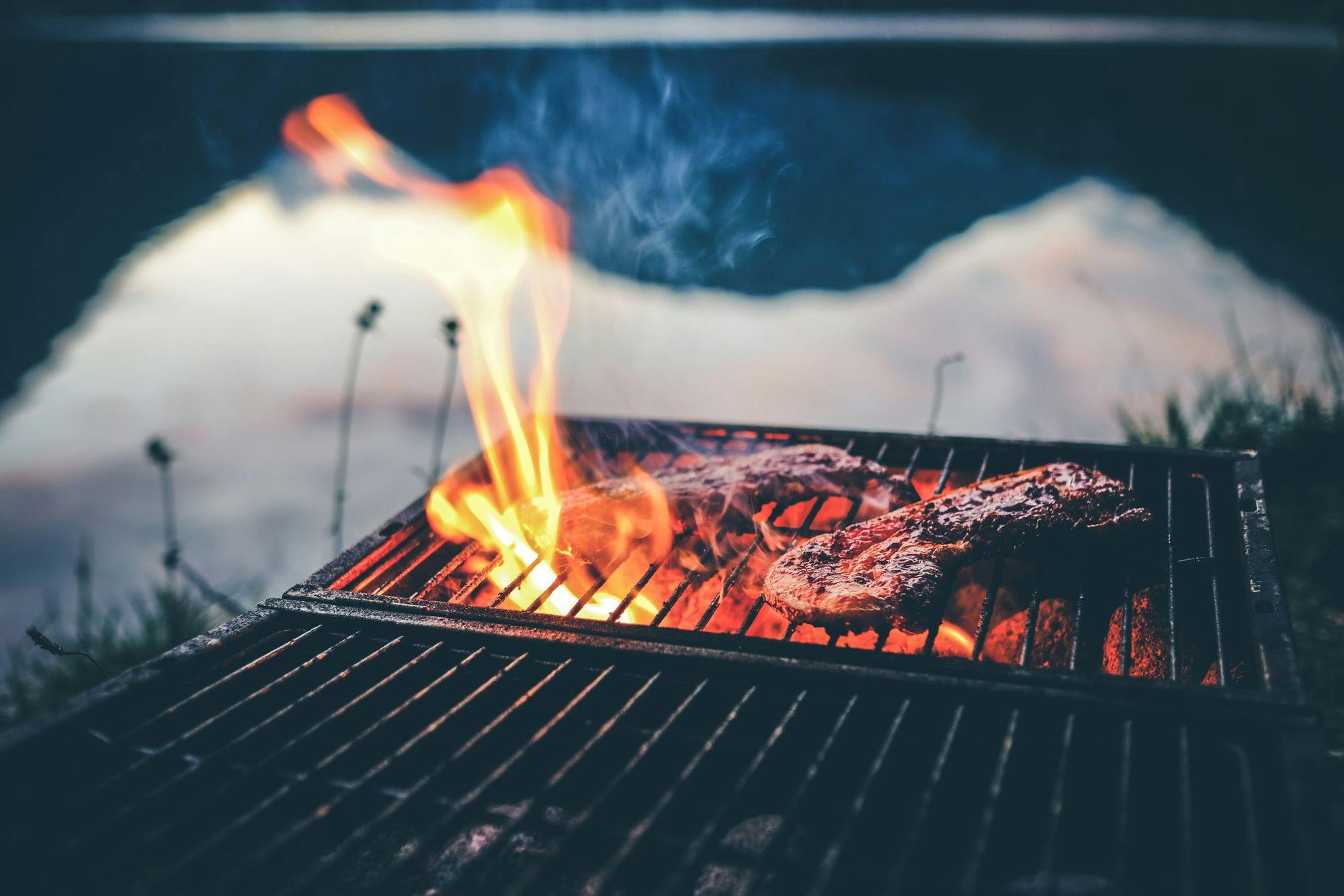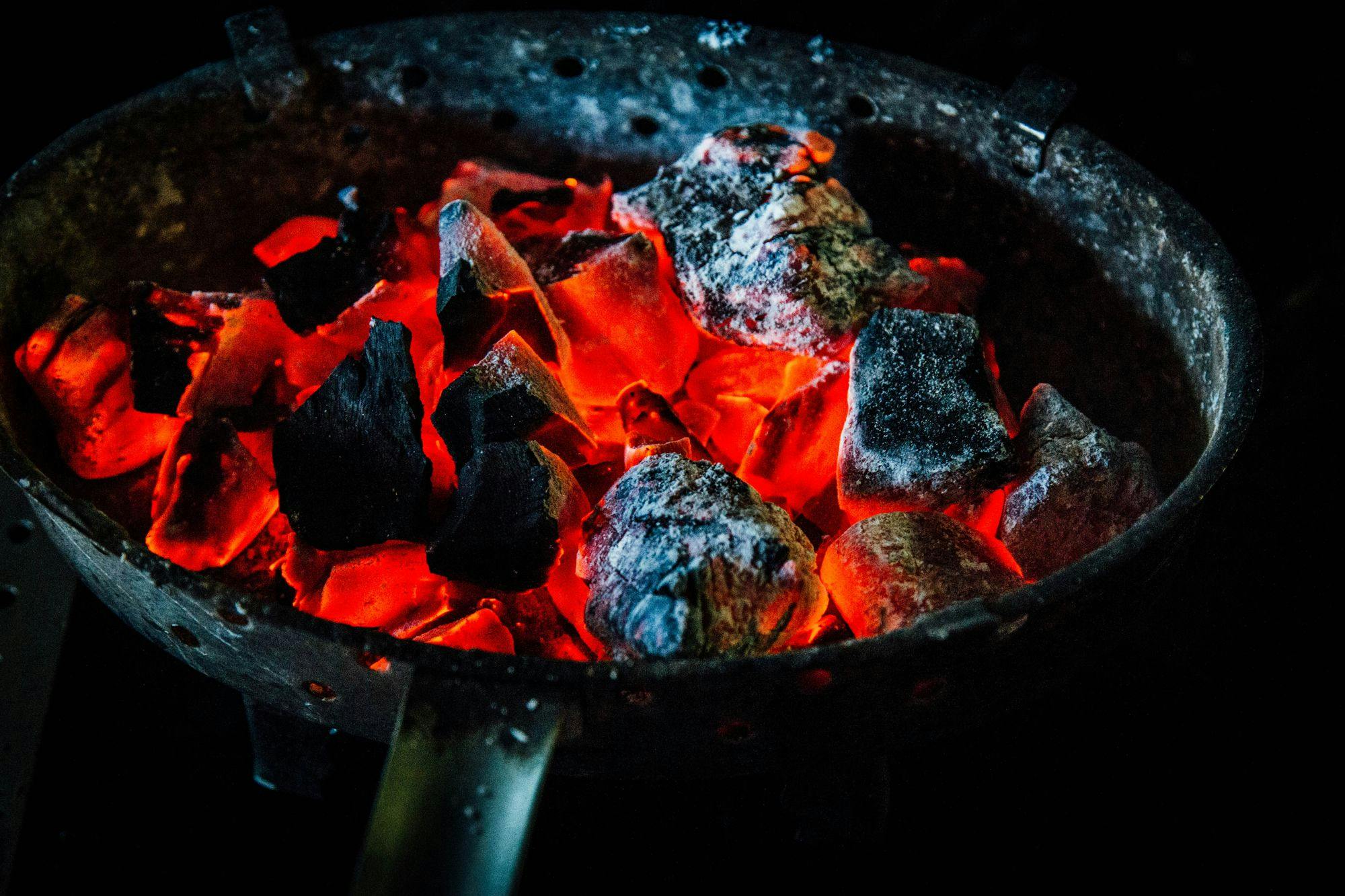Introduction
Unveiling the Treasures of Nadia Crafting Recipes
Canning is a time-honored tradition that allows us to preserve the bounty of each season and savor the flavors of fresh produce all year round. It is not only a practical way to extend the shelf life of fruits and vegetables, but also a delightful and creative process that allows us to craft mouthwatering recipes. In this comprehensive guide, we will dive deep into the treasures of Nadia crafting recipes and explore the art of canning. From selecting the perfect ingredients to serving the preserved treasures, we will provide you with a step-by-step guide to help you embark on your own culinary journey.
The Benefits of Canning
Preservation of seasonal produce
One of the greatest joys of canning is capturing the vibrant flavors and nutrients of seasonal produce. By canning fruits and vegetables at their peak ripeness, we can enjoy their deliciousness even when they are out of season. Whether it's the sweetness of summer peaches or the tartness of autumn apples, canning allows us to preserve the essence of each season and enjoy it throughout the year.
Extended shelf life
Canning is a reliable method of preserving food. By sealing jars airtight and creating a hostile environment for bacteria, yeasts, and molds, we can extend the shelf life of our canned goods for up to a year or even longer. This means that we can stock our pantry with homemade jams, pickles, and sauces that are ready to be enjoyed whenever we desire a taste of Nadia's treasures.
Retention of nutrients and flavors
Contrary to popular belief, canning does not have a significant impact on the nutritional value of fruits and vegetables. In fact, studies have shown that canning can help retain important vitamins and minerals. By preserving fresh produce at its peak, we are able to capture and lock in the flavors, textures, and colors that make each ingredient unique.
Cost-effectiveness
Canning can be a cost-effective way to enjoy high-quality ingredients year-round. By purchasing seasonal produce in bulk when it is at its most affordable, we can create a stockpile of homemade canned goods that can save us money in the long run. Additionally, canning our own ingredients gives us the freedom to experiment with flavors, allowing us to create unique recipes that are tailored to our taste preferences.
Reduction of food waste
Food waste is a pressing issue in today's society, and canning provides a solution. By preserving fruits and vegetables that might otherwise go to waste, we are able to minimize our impact on the environment and make the most of the resources available to us. Canning allows us to rescue imperfect produce, surplus harvests, and leftovers, transforming them into culinary treasures that can be enjoyed long after their original freshness.
Selecting the Perfect Ingredients
Importance of using fresh and high-quality produce
The key to crafting delicious canned treasures lies in selecting the freshest and highest-quality ingredients available. When it comes to fruits and vegetables, choose produce that is firm, ripe, and free of blemishes. The flavor and texture of your canned goods will be greatly influenced by the quality of the ingredients you use, so it's worth seeking out the best options.
Seasonal considerations for optimal flavor
To truly capture the essence of each season, it's important to select ingredients that are in peak season. Fruits and vegetables that are harvested at their prime will have the best flavor and texture, resulting in more vibrant and enjoyable canned treasures. Take the time to research the seasonal produce in your area and plan your canning adventures accordingly.
Choosing the right varieties for canning
Not all fruits and vegetables are created equal when it comes to canning. Some varieties are better suited for preserving due to their texture, flavor, or water content. For example, when making jams, certain types of apples or strawberries may be better for achieving the desired consistency and flavor profile. Do some research to find out which varieties are recommended for canning the specific recipes you have in mind.
Organic and locally sourced options for sustainability
If possible, consider using organic and locally sourced produce for your canning adventures. Organic ingredients are grown without the use of synthetic pesticides and fertilizers, making them a healthier choice for both you and the environment. Locally sourced ingredients, on the other hand, support local farmers and reduce the carbon footprint associated with transportation. Plus, they often have superior flavor and freshness.
Crafting a Delicious Recipe: Step-by-Step Guide
Step 1: Preparing the canning equipment
Before you embark on your canning journey, it's important to ensure that you have all the necessary equipment. Start by sterilizing your jars, lids, and bands to create a clean and safe environment for your canned treasures. You can do this by submerging the jars in boiling water for a few minutes or using the sanitize cycle on your dishwasher. Make sure to also gather all the tools and utensils you will need, such as a large pot for processing and a jar lifter for handling hot jars.
Step 2: Preparing the ingredients
Once your equipment is ready, it's time to prepare your ingredients. Start by washing and peeling any fruits or vegetables that require it. Next, cut and prepare the ingredients to the desired size for your recipe. Some recipes may call for larger chunks, while others may require finely diced or sliced ingredients. Additionally, certain ingredients may need to be pre-cooked or blanched before canning to ensure proper texture and flavor.
Step 3: Creating the canning liquid
The canning liquid is an essential component of many recipes, as it helps preserve the ingredients and adds flavor. Depending on the recipe, you may need to choose an appropriate liquid base such as a syrup, brine, or sauce. This will depend on the specific ingredients and the desired flavor profile. Don't forget to balance the flavors by adding herbs, spices, and sweeteners as needed.
Step 4: Filling and sealing the jars
With your ingredients and canning liquid prepared, it's time to fill the jars. Carefully spoon the ingredients into the jars, leaving the recommended headspace as specified in your recipe. It's important to remove any air bubbles by gently tapping the jar or using a utensil before sealing the jars. Once the jars are filled, apply the lids and bands securely, but not too tight.
Step 5: Processing the jars
The final step in the canning process is to process the jars to ensure their long-term preservation. The most common method is the water bath canning method, which involves submerging the jars in a large pot of boiling water for a specified amount of time. This method is suitable for high-acid foods such as jams, pickles, and most fruits. However, if you are canning low-acid foods such as vegetables, meats, or soups, you may need to use a pressure canner to ensure their safety. Always follow the recommended processing time and temperature for your specific recipe to ensure the best results.
Pitfalls to Watch Out For
Common mistakes in canning and how to avoid them
Canning is a rewarding process, but it's not without its challenges. One common mistake is not following the recipe or canning instructions properly. It's important to measure ingredients accurately and follow the steps in the recipe to ensure safe and delicious results. Another mistake is not processing the jars for the recommended amount of time. Processing time is crucial for killing any potential bacteria or microorganisms that could cause spoilage. Lastly, improper sealing can lead to spoilage. Always check that the lids are properly sealed before storing your canned goods.
Ensuring proper sealing and avoiding spoilage
Proper sealing is essential for the long-term preservation of your canned treasures. After processing, check that the lids have sealed by pressing down on the center of each lid. If the lid pops back up, it is not sealed properly and the jar should be refrigerated and consumed within a few days. Additionally, always store your canned goods in a cool, dark, and dry place to prevent spoilage. Inspect your jars periodically for any signs of spoilage, such as mold, unusual odors, or cloudy liquid.
Recognizing signs of spoilage and when to discard canned goods
While canning is a safe and effective method of preservation, there is always a small risk of spoilage. It's important to know the signs of spoilage and when to discard your canned goods. If you notice any mold growth, off smells, or unusual textures, it's best to err on the side of caution and dispose of the contents. Additionally, if the lid is bulging or there are signs of leakage, it's a clear indication that the jar has not sealed properly and the contents should not be consumed.
Serving the Treasures of Nadia
Storing and organizing
About Erika Oliver
Erika Oliver is a passionate writer, community advocate, and culinary enthusiast dedicated to bringing people together through the art of barbecue and neighborhood connections. With a profound love for both food and community, Erika has become an influential voice in promoting the joy of gathering around the grill and fostering a sense of belonging among neighbors.



